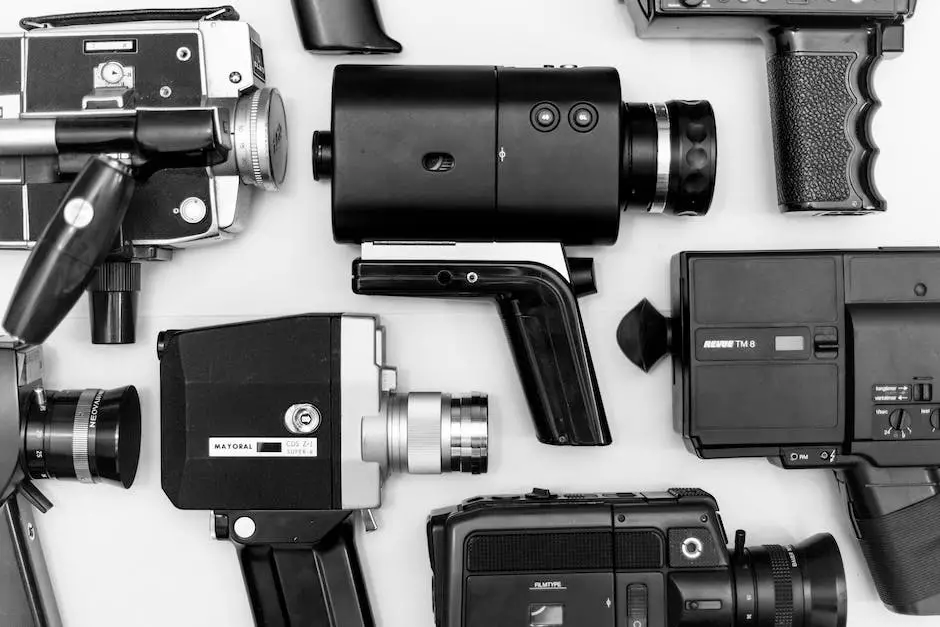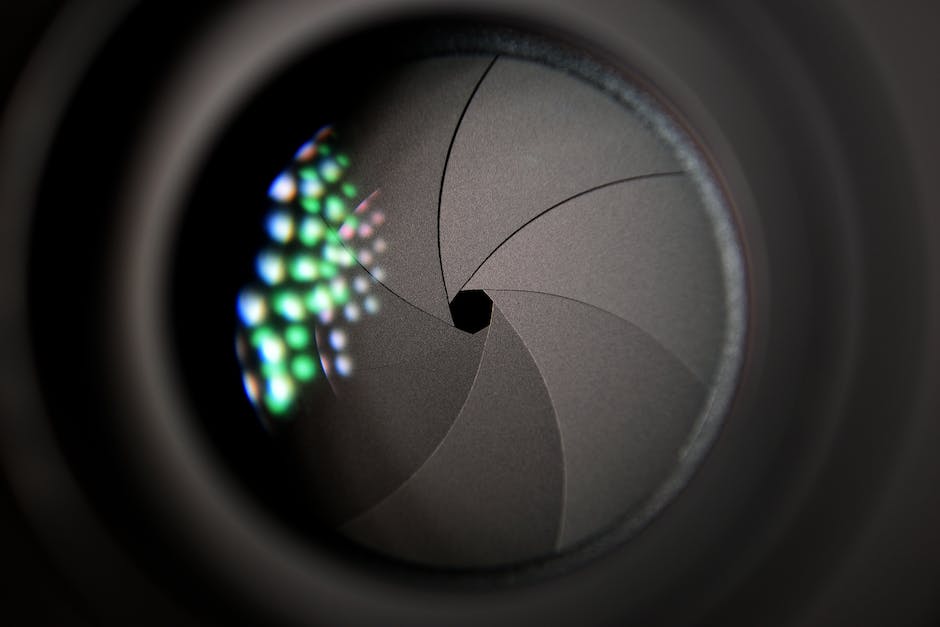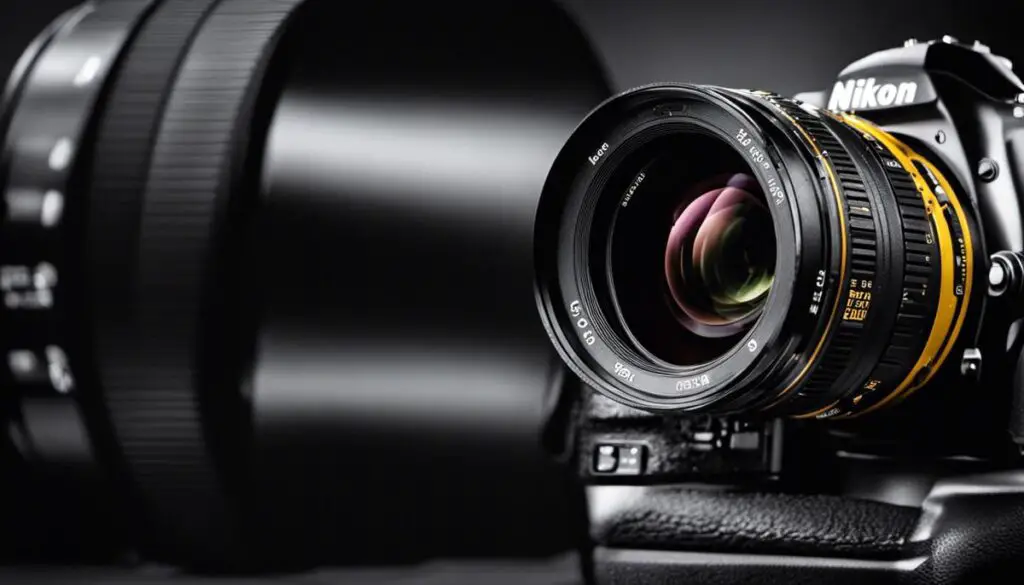Being able to master the technicalities of photography is a rewarding feat. This patricularly rings true when it comes to full-frame lenses. Immensely popular among professionals and hobbyists alike, these lenses raise the bar in terms of quality, offering an unparalleled depth, sharpness, and a well-rounded view of the scene. Our dive into this topic brings to light the key elements that define full-frame lenses and how they have secured their place in the hearts of photographers around the globe. Subsequent discussions shed light on the nuances of their compatibility with Nikon cameras and an in-depth exploration of leading full-frame lenses available in the market. Lastly, critical insights into the best practices for maintaining these quintessential photography tools will also be revealing.
Understanding Full-Frame Lenses
What Are Full-Frame Lenses?
Full-frame lenses are designed for full-frame sensor cameras, reflecting the same dimensions as a frame of traditional 35mm film. They provide a wide perspective, particularly suited to landscape and architecture photography, and can effectively capture much more in the frame than other types of lenses. Nikon, for instance, labels their full-frame format as FX.
Differences Between Full-Frame and Crop Sensor Lenses
Comparing full-frame lenses to crop-sensor lenses, or what Nikon refers to as DX lenses, reveals a few critical differences. Full-frame lenses are generally larger, heavier, and more expensive. They provide a wider view and shallower depth of field, meaning they can blur the background more effectively, capturing the main subject in sharp focus. Crop-sensor lenses, on the other hand, make the image appear closer or more zoomed in due to their smaller frame size. They are typically lighter, more compact, and cheaper.
Why Photographers Prefer Full-Frame Lenses
Many photographers prefer full-frame lenses for their superior image quality and extensive field of view. Full-frame lenses tend to offer superior sharpness, less noise in low light conditions, and better overall image quality due to the larger sensor size. They also provide a true angle of view, meaning what you see in the viewfinder is what you get in your image.
Advantages of Full-Frame Lenses
Full-frame lenses hold several advantages over crop sensor lenses, particularly when discussing image quality and low-light performance. The larger sensors in full-frame cameras can capture more light, resulting in less image noise and superior dynamic range. The wider field of view also allows photographers to fit more of a scene into a single shot.
Disadvantages of Full-Frame Lenses
Despite the advantages, full-frame lenses also have their downsides. They are often expensive and heavy to carry around, making them less portable than their crop-sensor counterparts. They can also produce vignetting, a visual effect where the outer edges of a photo are darker than the center.
Technical Aspects of Full-Frame Lenses
When it comes to their design and construction, full-frame lenses contain larger elements to cover a larger sensor area. They also tend to have a longer focal length, which can offer a shallower depth of field, ideal for portrait images. Most full-frame lenses have a constant maximum aperture, allowing for consistent low light performance across the entire zoom range.
Exploring the Top Full-Frame Lenses for Nikon
If you’re a Nikon user and looking for high-quality full-frame lenses, there are certain models you can’t afford to overlook. The Nikon AF-S FX Nikkor 24-70mm f/2.8G ED Zoom Lens draws attention with its wide focal range, optimized for event and portrait photography. Then you have Nikon’s AF-S NIKKOR 70-200mm f/2.8E FL ED VR Lens, a go-to choice for wildlife or sports photography enthusiasts. And let’s not forget about the Nikon AF-S NIKKOR 14-24mm f/2.8G ED, a superior wide-angle lens. Each of these lenses beautifully captures the exceptional performance and superior quality that full-frame lenses provide.

Compatibility with Nikon Cameras
Ensuring Full-Frame Lens Compatibility with Nikon Cameras
Finding a lens that is entirely compatible with your Nikon camera while also offering superior full-frame technology can prove to be a daunting task. You need a comprehensive understanding of elements like optical quality, aperture, focal length, and crucially, compatibility.
Nikon cameras predominantly come with the widely used Nikon F mount. This mount system that has been in place since 1959 assures compatibility with a broad range of lenses and is found in both digital SLR (DSLR) and Nikon’s mirrorless Z series.
It’s important to understand that Nikon DX cameras (APS-C format) can mount full-frame lenses or Nikon FX lenses. However, this will result in cropped images. Conversely, Nikon FX cameras (full-frame) can utilize both FX and DX lenses.
To ascertain if a lens suits your specific Nikon camera model, you need to first identify the lens mount of your camera. Nikon cameras come with either an F mount or a Z mount.
Further, you need to determine the lens mount on your chosen lens. Typically, Nikon lenses are labeled either as ‘DX’ or ‘FX’ which indicates the type of camera they are meant for. DX lenses are designed for Nikon’s APS-C lineup, whereas FX lenses can fit any Nikon DSLR with the F mount design.
Lastly, don’t forget that Nikon’s Z series mirrorless cameras have a distinct Z mount design. These cameras can use any Z-mount lenses and also F-mount lenses with the help of the FTZ adaptor.
Understanding Nikon’s Lens Mount System
Nikon Camera’s ecosystem strengths lie in the longstanding consistency of its lens mount system. For over six decades, Nikon has used a predominantly unchanged F mount design. This F mount allows for versatile compatibility, enabling not just modern Nikon lenses but also older variants to be seamlessly used on contemporary Nikon cameras.
However, crucial to note is the modernity Nikon brings into their lens mount system. Nikon introduced the Z-mount complementing their mirrorless range of cameras. The Z-mount, although differing in design to the F-mount, still respects the legacy. With a wider diameter and a shorter flange distance, it allows for the innovation of lens designs and superior image quality. Moreover, it is possible to attach older F-mount lenses on the newer Z-mount cameras using an FTZ adaptor, preserving the usefulness of your older lenses.
Overall, a firm grasp of Nikon’s lens-mount system’s intricacies aids in not only determining the optimal full-frame lens for your Nikon but also enriches your photography journey by seamlessly complementing your creative pursuits. Don’t be daunted by the different terminology; with continuous use, figuring out a lens’s compatibility with your camera will become second nature.
Key here is to bear in mind that Nikon prides itself on its backward compatibility—discontinued lenses may be just the perfect addition to your camera. With the best lens, you can capture visually stunning images and elevate your artistic vision.

Best Full-Frame Lenses for Nikon
The Nikon AF-S FX Nikkor 50mm f/1.8G Lens: A Simplistic Solution
Sometimes, simplicity can go a long way. For instance, the Nikon AF-S FX Nikkor 50mm f/1.8G Lens—offering a standard focal length without compromising on image quality. This lens is a versatile choice that performs exceptionally well in a range of photography types, from capturing breathtaking landscapes to intimate portraits. Its wide f/1.8 aperture means excellent results in low light conditions and an opportunity for a stunning background blur effect or ‘bokeh’. It is also equipped with a Silent Wave Motor (SWM) for a quiet autofocus operation, crucial for video shooting.
Nikon AF-S Nikkor 24-70mm f/2.8E ED VR Lens
As a standout option for professional and high-end enthusiast photographers, the Nikon AF-S Nikkor 24-70mm f/2.8E ED VR lens offers great versatility. It covers a wide range of common focal lengths and maintains a constant f/2.8 aperture throughout the zoom range. This lens demonstrates stunning sharpness, contrast, and color fidelity. Its Vibration Reduction (VR) system mitigates camera shake, promoting sharp images and steady video.
Nikon AF-S FX Nikkor 14-24mm f/2.8G ED Zoom Lens
This ultra-wide-angle lens is perfect for architecture, landscape, and astrophotography. With a constant f/2.8 aperture, even in low-light conditions, the Nikon AF-S FX Nikkor 14-24mm f/2.8G ED Zoom Lens delivers excellent performance. Its Nano Crystal Coat eliminates lens flare and ghosting for dazzling photos. Despite the wide-angle capacity, its distortion is notably small, making it a desirable lens for precise wide-angle applications.
Nikon AF-S Nikkor 70-200mm f/2.8E FL ED VR Lens
The Nikon AF-S Nikkor 70-200mm f/2.8E FL ED VR Lens is a telephoto workhorse, meeting the needs of professionals in a variety of shooting situations. With a constant f/2.8 aperture, it excels in low light and provides beautiful bokeh. The Vibration Reduction boosts stabilization to effectively combat camera shake. It is also optimized for sports and wildlife photography, thanks to its fast autofocusing and tracking performance.
Nikon PC-E FX Nikkor 24mm f/3.5D ED Fixed Zoom Lens
For photographers who want to manipulate the perspective in their images, the Nikon PC-E FX Nikkor 24mm f/3.5D ED Fixed Zoom Lens – a tilt-shift lens – is an excellent choice. It allows photographers to adjust the lens plane relative to the image plane, enabling hyper-realistic miniatures and architectural images without distortion. Though more specialized, this lens offers stellar image quality and creative opportunity.
Nikon’s full-frame lenses are an epitome of their dedication towards superior craftsmanship and optical ingenuity. They are designed to cater to various technical requirements and cater to diverse photographic genres, equipping every full-frame Nikon photographer with the perfect tools to create extraordinary imagery. The premium price tag that accompanies these high-performance lenses is justified by the superb image quality and versatility they bring to the table, making them a valuable investment.

Maintaining Your Full-Frame Lenses
Maintaining Your Nikon Lens: The Essentials
Nikon’s full-frame lenses, revered for their supreme optical capability, are precision instruments that necessitate regular maintenance and care. It’s of paramount importance to safeguard these lenses from damaging elements like dust, dirt, smudges, and scratches. For exterior cleaning, opt for a soft, lint-free cloth, ideally one specifically made for lens care. More stubborn dust particles can be eliminated with a blower brush. Steer clear of cleaning your lens with your breath or harsh cleaning solutions and instead, adopt specialized lens cleaning products.
Proper Storage is Key
Storing Nikon full-frame lenses correctly is vital for their longevity. Always place lenses in a dry, cool area where there’s minimal temperature fluctuation. This can help prevent condensation that could lead to mold. Invest in good quality lens cases, preferably padded ones, to provide additional protection during storage or transit. Using silica gel packs inside your lens cases can be an added measure to control humidity. It is a good practice to store the lenses with both the front and rear lens caps on.
Regular Cleaning: Do’s and Don’ts
Most lenses can benefit from regular cleaning of the front and rear elements using a quality lens cleaning solution and microfiber cloth. Firstly, use a blower to remove dust or grit, then administer a few drops of lens cleaning solution onto the cloth before wiping the lens surface gently. Never apply the cleaning solution directly onto the lens surface and always avoid excessive rubbing. Often, hard-to-remove smudges or fingerprints can be cleared with a lens cleaning pen which has a microfiber tip and a special carbon cleaning compound.
Address Common Lens Problems before they Escalate
Sharpness issues and autofocus inconsistency are common problems with lenses. These are often due to dust and grime accumulated on the lens contacts, affecting communication between the camera and lens. In such scenarios, cleaning these contacts carefully with a clean, dry microfiber cloth can be hugely beneficial. Always ensure your lens’s glass elements are clean before commencing any shoot, as spots or dust can become apparent in your shots, leading to unnecessary post-processing hassles.
Protect Your Investment: The Importance of Lens Filters
Lens filters not only serve creative purposes but also act as shields against fingerprints, dust, water and any potential scratches. A quality UV filter, for instance, can be kept on the lens all the time to offer protection without affecting image quality. Similarly, a good polarizer can reduce reflected glare in your images, making it an invaluable asset for landscape photography.
Remember, meticulous maintenance sustains the high-performance capabilities of Nikon full-frame lenses. Prioritizing proper cleaning and storage practices will ensure your lenses continue delivering excellent image quality for years to come.

Full-frame lenses have proven to be an indispensable tool in the realm of photography. The clarity, depth, and viewpoint provided by these lenses allow photographers to capture and create images that truly resonate. Nikon, through its wide range of compatible full-frame lenses, ensures that the scope for creative exploration remains unparalleled. As we familiarize ourselves with these lenses, it is important to underline the significance of maintaining them so that they can continue to enhance our photography journey. The understanding and knowledge of full-frame lenses, their compatibility with Nikon cameras and their maintenance will prove to be an essential stepping-stone for those carving their niche in photography.
Originally posted 2023-08-28 03:06:07.




